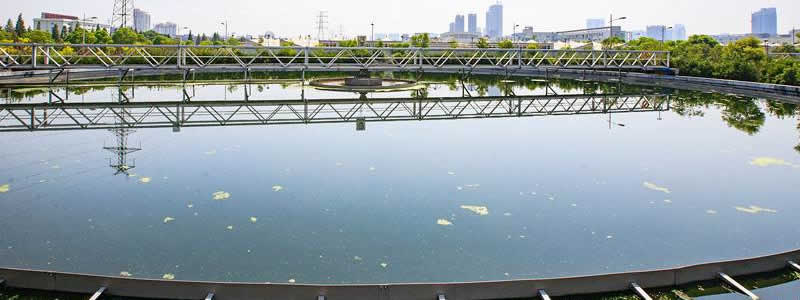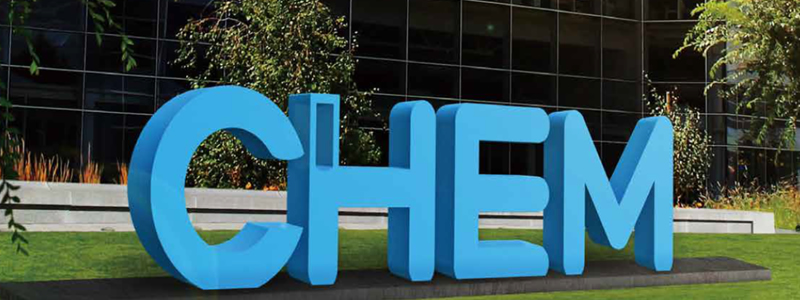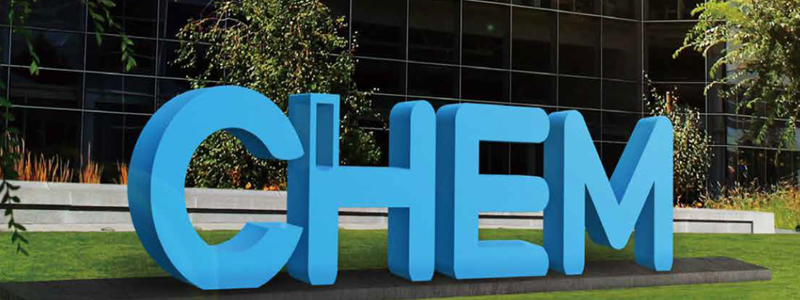
What are IX resins made of?
What are IX resins made of?
The IX resin matrix is formed by cross-linking hydrocarbon chains with one another in a process called polymerization. The cross-linking gives the resin polymer a stronger, more resilient structure and a greater capacity (by volume). While the chemical composition of most IX resins is polystyrene, certain types are manufactured from acrylic (either acrylonitrile or methyl acrylate). The resin polymer then undergoes one or more chemical treatments to bind functional groups to the ion exchange sites located throughout the matrix. These functional groups are what give the IX resin its separation capabilities, and will vary significantly from one type of resin to the next.
The most common compositions include:
Strong acid cation (SAC) exchange resins. SAC resins are composed of a polystyrene matrix with a sulphonate (SO3–) functional group that is either charged with sodium ions (Na2+) for softening applications, or hydrogen ions (H+) for demineralization
Weak acid cation (WAC) exchange resins. WAC resins are composed of an acrylic polymer that has been hydrolyzed with either sulphuric acid or caustic soda to produce carboxylic acid functional groups. Due to their high affinity for hydrogen ions (H+), WAC resins are typically used to selectively remove cations associated with alkalinity.
Strong base anion (SBA) exchange resins. SBA resins are typically composed of a polystyrene matrix that has undergone chloromethylation and amination to fix anions to exchange sites. Type 1 SBA resins are produced by the application of trimethylamine, which yields chloride ions (Cl–), while Type 2 SBA resins are produced by the application of dimethylethanolamine, which yields hydroxide ions (OH–).
Weak base anion (WBA) exchange resins. WBA resins are typically composed of a polystyrene matrix that has undergone chloromethylation, followed by amination with dimethylamine. WBA resins are unique in that they do not have exchangeable ions, and are therefore used as acid absorbers to remove anions associated with strong mineral acids.
Chelating resins. Chelating resins are the most common type of specialty resin, and are used for selective removal of certain metals and other substances. In most cases the resin matrix is composed of polystyrene, though a variety of substances are used for functional groups, including thiol, triethylammonium, and aminophosphonic, among many others.
Keywords: Ion exchange resin, IX resin, cation exchange resin, anion exchange resin
For more details or Inquiry, please contact us TIAN@CHEM.NET.
 Previous
Previous  Next
Next Get answers and advice from people you want it from.